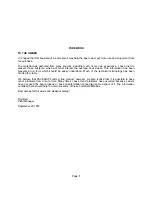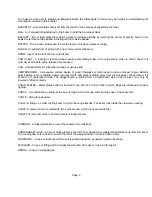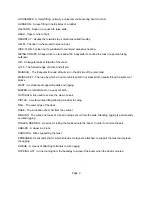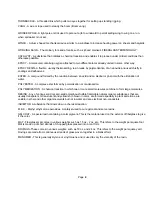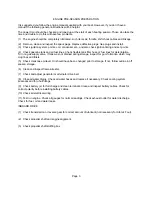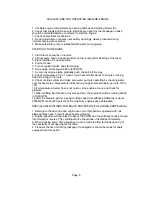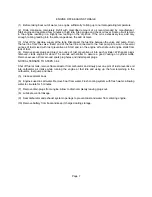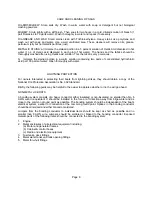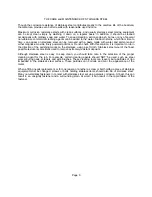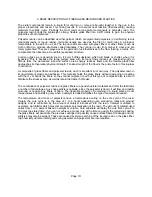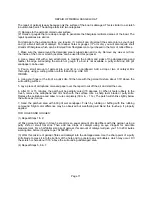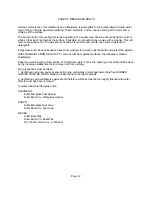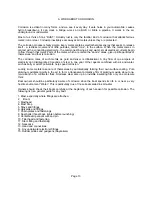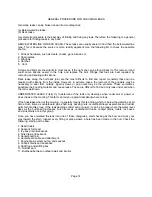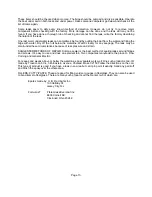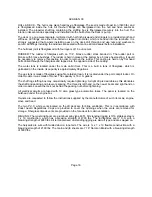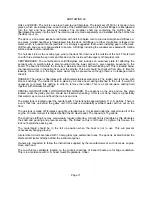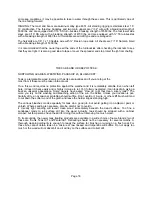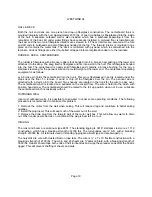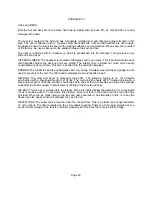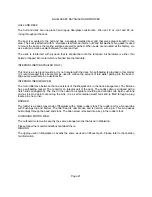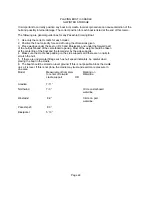
THE CARE and MAINTENANCE OF STAINLESS STEEL
Though the corrosion resistance of stainless steel contributes greatly to the carefree life of the boatman,
the metal can provide even better results with reasonable use and care.
Maximum corrosion resistance starts with clean surfaces, and usually stainless steel marine equipment
can be kept clean simply by washing it down on a regular basis. In addition, it should be cleaned
occasionally with ordinary soap and water. To speed cleaning, action soda ash, borax or any of several
non-abrasive commercial cleaning agents can be added to the water. Stubborn stains, which from time to
time, can appear on stainless steel can be removed with a paste made with water and ammonia and
either magnesium oxide, finely powered prlmlce or French chalk. With this solution, it is important to rub in
the direction of the polishing marks on the stainless, using a soft cloth. Stainless steel wool of the finest
possible texture is sometimes used to remove extremely resistant deposits.
Although stainless steel is easy to keep clean, you should take care in the selection of the proper
cleaning agent for the job. For example, certain cleaning agents should ‘NOT’ be used, such as, steel
wool scouring pads, scrapers and wire brushes. These cleaning tools can leave minute particles of iron
imbedded in the stainless steel surface. These particles can corrode and mar the appearance of the
metal.
When a fitting needs replacement or for one reason or another a screw or bolt holding a piece of stainless
equipment must be changed, screws or bolts holding stainless items should also be of ‘stainless steel’.
Many non-stainless fasteners in contact with stainless steel set up a galvanic corrosion. At best, this can
result in an unsightly fastener and a surrounding stain. At worst, it can result in the rapid failure of the
fastener.
Page 9


